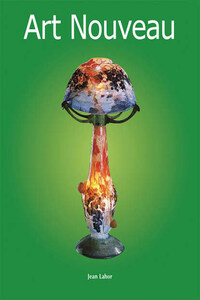Art Nouveau

Art Nouveau gives a name to the decorative and architectural style developed in the 1880s and 1890s in the West. Born in reaction to the Industrial Revolution and to the creative vacuum it left behind, Art Nouveau was at the heart of a “renaissance” in the decorative arts. The primary objective of the movement was the creation of a new aesthetic of nature through a return to the study of natural subjects. In order to achieve this, artists such as Gustav Klimt, Koloman Moser, Antoni Gaudí, Jan Toorop, and William Morris favoured innovation in technique and novelty of forms.
After its triumph at the Paris Universal Exposition in 1900, the trend continued and has inspired many artists ever since. Art Deco, the successor of Art Nouveau, appeared after World War II.








